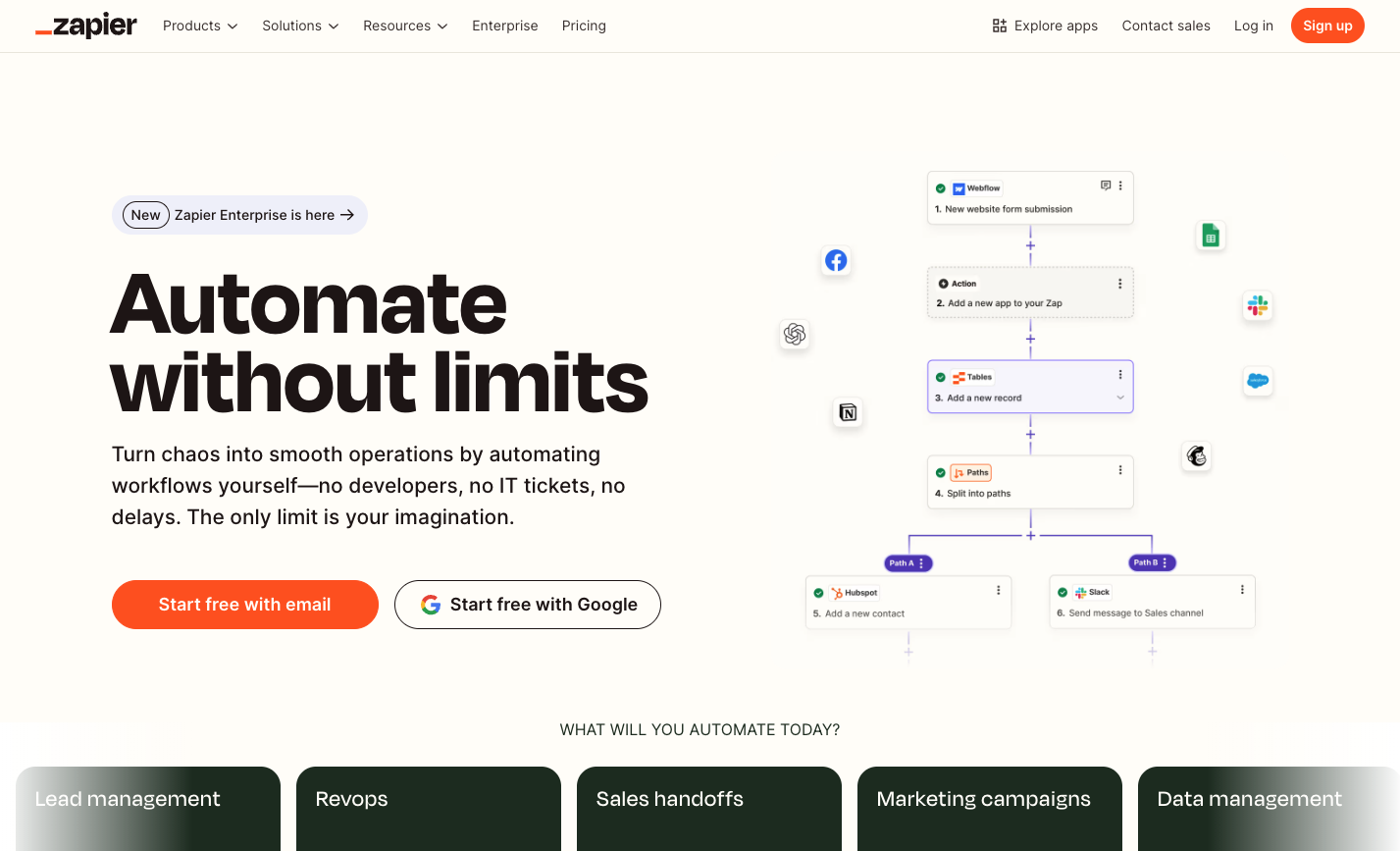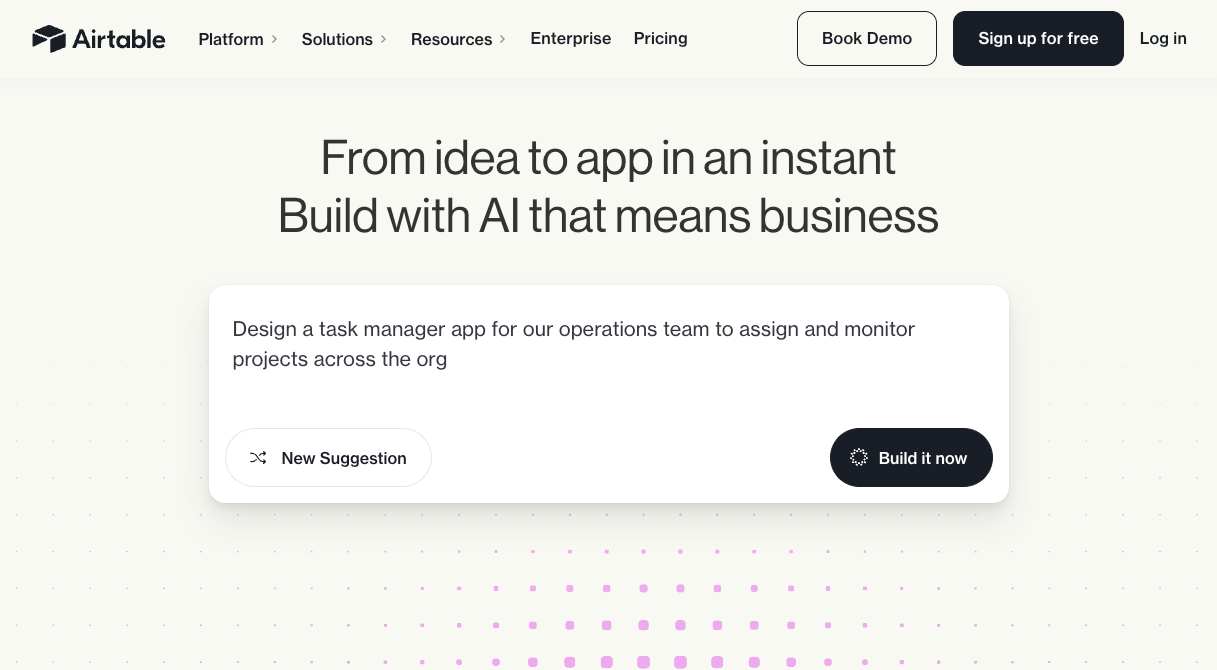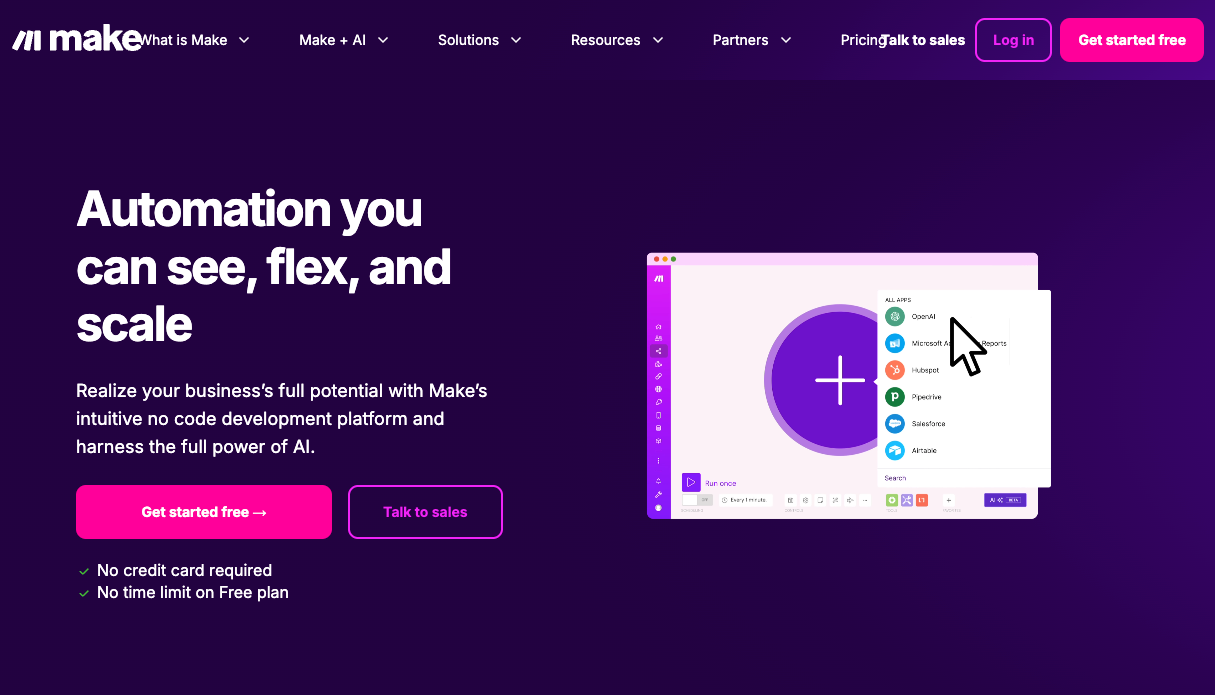
Unlock Peak Productivity: How to Supercharge My Apps with Smart Automation
The Expanding Digital Toolkit: Understanding "My Apps" in 2025
In 2025, our lives are intricately woven with a vast array of applications. From the moment we wake up, we rely on apps for checking the news, managing our schedules, and communicating with colleagues and friends. At work, we use project management apps, data analysis tools, and communication platforms to get tasks done. In our personal time, entertainment, fitness, and shopping apps cater to our various needs. "My apps" collectively refer to this personalized digital ecosystem that we curate to support our daily activities, both professional and personal.
However, this reliance on multiple applications comes with its fair share of challenges. Fragmentation is a significant issue. Each app often operates in its own silo, making it difficult to access information across different platforms seamlessly. For instance, customer data might be stored in a CRM app, while communication history is in an email client, and project - related details are in a project management tool. This fragmentation leads to context - switching, where we constantly have to shift our focus between different apps, disrupting our workflow and reducing productivity. Data silos also pose a problem. Information is scattered, making it hard to get a holistic view of a particular task, project, or relationship.
In essence, while "my apps" are designed to make our lives easier, the sheer number and lack of integration can sometimes create more complexity.
:::: key-takeaways ::::
- Our digital lives in 2025 rely heavily on a diverse set of "my apps" for work and personal activities.
- Fragmentation, context - switching, and data silos are common challenges when managing multiple apps.
- Organizing and optimizing "my apps" is crucial for improved productivity. ::::
Strategies for Organizing and Optimizing My Apps
To bring order to the chaos of numerous apps, several strategies can be employed. Categorization is a great starting point. Grouping apps by function helps create a more organized digital landscape. For example, all communication apps like email clients, instant messaging platforms, and video conferencing tools can be grouped together. Project management apps, task managers, and document - sharing tools can form another category. This way, when you need to access a particular type of app, you know exactly where to look.
Consolidation is another important step. Many of us end up with redundant apps that serve similar purposes. Take note - taking apps, for instance; you might have three different ones installed, but only really need one. By identifying and eliminating redundant apps, you can simplify your digital toolkit. Choose the primary tool that best suits your needs based on features, ease of use, and integration capabilities.
Customization is key to optimizing all my apos, or applications, for peak performance. Most apps offer a range of settings that can be personalized. Adjust notifications to only receive important alerts, customize the layout to your liking, and set up shortcuts for quick access. This not only makes using the apps more convenient but also reduces distractions.
Regular review of your app usage is essential. Our needs change over time, and so should our app collection. Periodically audit which apps you use frequently, which ones are rarely touched, and whether there are new apps that could better serve your purposes. This ensures that your digital toolkit remains relevant and efficient.
A well - organized set of "my apps" forms the foundation for increased productivity. It allows for a smoother workflow, reduces the time spent searching for the right app, and minimizes distractions.

Beyond Individual Apps: The Power of Integration and Automation
While organizing apps is a great start, the real leap in productivity comes from making "my apps" work together. Integration and automation are the keys to transforming a collection of individual apps into a seamless, efficient system. Workflow automation platforms like Zapier (https://zapier.com/), Make.com (https://www.make.com/), and Airtable (https://www.airtable.com/) play a crucial role in this process.
These platforms enable different applications to "talk" to each other. For example, you can set up an automation in Zapier where when a new lead is added to your CRM, an email is automatically sent to the sales team in your email client. This data synchronization eliminates the need for manual data entry, reducing errors and saving time. Automated reporting is another benefit. You can configure Make.com to generate regular reports by pulling data from multiple apps, such as sales data from your e - commerce platform and customer feedback from a survey app. Cross - app notifications keep you informed about important events across different apps without having to constantly switch between them. And streamlined task management can be achieved by creating workflows that move tasks from one app to another as they progress.



Transforming "My Apps" with Bika.ai Automation
Bika.ai is an intuitive and powerful platform that takes app automation to the next level. It empowers users, regardless of their technical expertise, to create sophisticated workflows that connect their favorite applications. Bika.ai breaks down the app silos that often plague our digital workspaces, enabling seamless operations.
Whether managing my apos for business or personal use, Bika.ai simplifies the process. It offers a user - friendly interface where you can visually design workflows, set up triggers, and define actions. This means that even those without a background in coding can create complex automations that integrate multiple apps.

Automating "My Apps": The Bika.ai Business Development CRM Template for ``
The Business Development CRM Template on Bika.ai is a game - changer for organizations looking to streamline their partnership management processes. This template is designed for businesses in various sectors, especially those focused on growing through strategic partnerships.
Template Overview
The template provides an interconnected system. It allows teams to track partnership opportunities, manage partner details, log interactions, and maintain a centralized database of key contacts. This interconnectedness is crucial as it gives a comprehensive view of all business development activities related to partnerships.
Key Tables
- Opportunities: Here, teams can track potential partnership opportunities. Details such as partnership type, contract stage, estimated value, and contract terms can be recorded. Additionally, associated contracts can be uploaded, and notes can be added for reference.
- Partners: A comprehensive list of partners is maintained, including information like their headquarters, employee count, industry, and website. Partners are linked to related opportunities, interactions, objectives, and key contacts, creating a holistic view of the relationship.
- Contacts: Contact details for individuals associated with partners are organized. Email addresses, phone numbers, and associated companies are recorded, and contacts are linked to interactions for better tracking and communication.
- Interactions: All interactions with partners, such as meetings, calls, emails, and workshops, are logged. The type of interaction, the date it occurred, and the contacts involved are recorded.
How to Use
- Track Opportunities: Begin by populating the Opportunities table with details about partnership prospects. By including information like the partnership type, contract stage, estimated value, and key dates, teams can stay on top of potential deals.
- Manage Partner Information: Use the Partners table to maintain detailed profiles of each partner. Linking them to opportunities, interactions, and contacts provides a comprehensive view of the relationships.
- Organize Contacts: Centralize all contact information in the Contacts table. Ensuring each contact is associated with their respective company and interactions enables seamless communication tracking.
- Log Interactions: Record every meeting, call, or email in the Interactions table. Linking these interactions to partners and contacts keeps a clear history of engagement.
Benefits of This Template
- It provides a centralized database for business development activities, eliminating data silos.
- Improved visibility into partnership opportunities and progress allows for better decision - making.
- Enhanced organization of partner and contact information streamlines communication.
- Clear tracking of interactions and collaboration efforts fosters stronger relationships.
- Easy access to contract terms and associated documents ensures smooth negotiations.
Suggested Use Cases
- Ideal for managing strategic partnerships in growing companies. For example, a startup looking to expand through partnerships can use this template to keep track of all potential and existing partners.
- In technology, finance, or retail sectors, where business development efforts are crucial, this template helps in tracking opportunities.
- Organizing partner - and client - facing teams becomes easier as all relevant information is in one place.
- Centralizing contract discussions and negotiations is made possible, ensuring all parties have access to the same information.
- Streamlining quarterly reviews with partners is simplified as all data related to the partnership is readily available.
Try the Business Development CRM Template
Conclusion: The Future of Your Digital Workspace
In conclusion, the way we use "my apps" has evolved from simply relying on them individually to strategically organizing and automating them. The challenges of fragmentation and context - switching can be overcome through proper organization and integration. Bika.ai offers a powerful solution to unlock the full potential of your digital toolkit. By leveraging its features and templates like the Business Development CRM Template, you can truly optimize my apos ecosystem.
We encourage you to explore Bika.ai to build custom automations and transform your individual apps into a highly efficient, interconnected system.

FAQ
Q: What are the main challenges of managing multiple "my apps"? A: The main challenges include fragmentation, where apps operate in silos; context - switching, which disrupts workflow; and data silos, making it difficult to get a holistic view of information.
Q: How can Bika.ai help in automating "my apps"? A: Bika.ai provides an intuitive platform where users can create sophisticated workflows to connect different apps. It has a user - friendly interface for designing workflows, setting triggers, and defining actions, even for non - technical users.
Q: What are the benefits of using the Bika.ai Business Development CRM Template?
A: The benefits include a centralized database for business development, improved visibility into partnership opportunities, enhanced organization of partner and contact information, clear tracking of interactions, and easy access to contract terms and associated documents.

Recommend Reading
- Unleash Peak Productivity: Optimize and Automate Your My Apps Ecosystem in 2025
- Outlook vs Gmail: Which Email Platform Reigns Supreme for Your Automated Workflow?
- Unleash Email Efficiency: The Best Email Client for Mac Meets Auto Send Pay Slips Automation
- Beyond Tracking: How Automation Transforms Habit Building for Order - Management Professionals
- Mastering My Apps in 2025: Organize, Optimize, and Automate for Peak Productivity
Recommend AI Automation Templates





